The Basics.
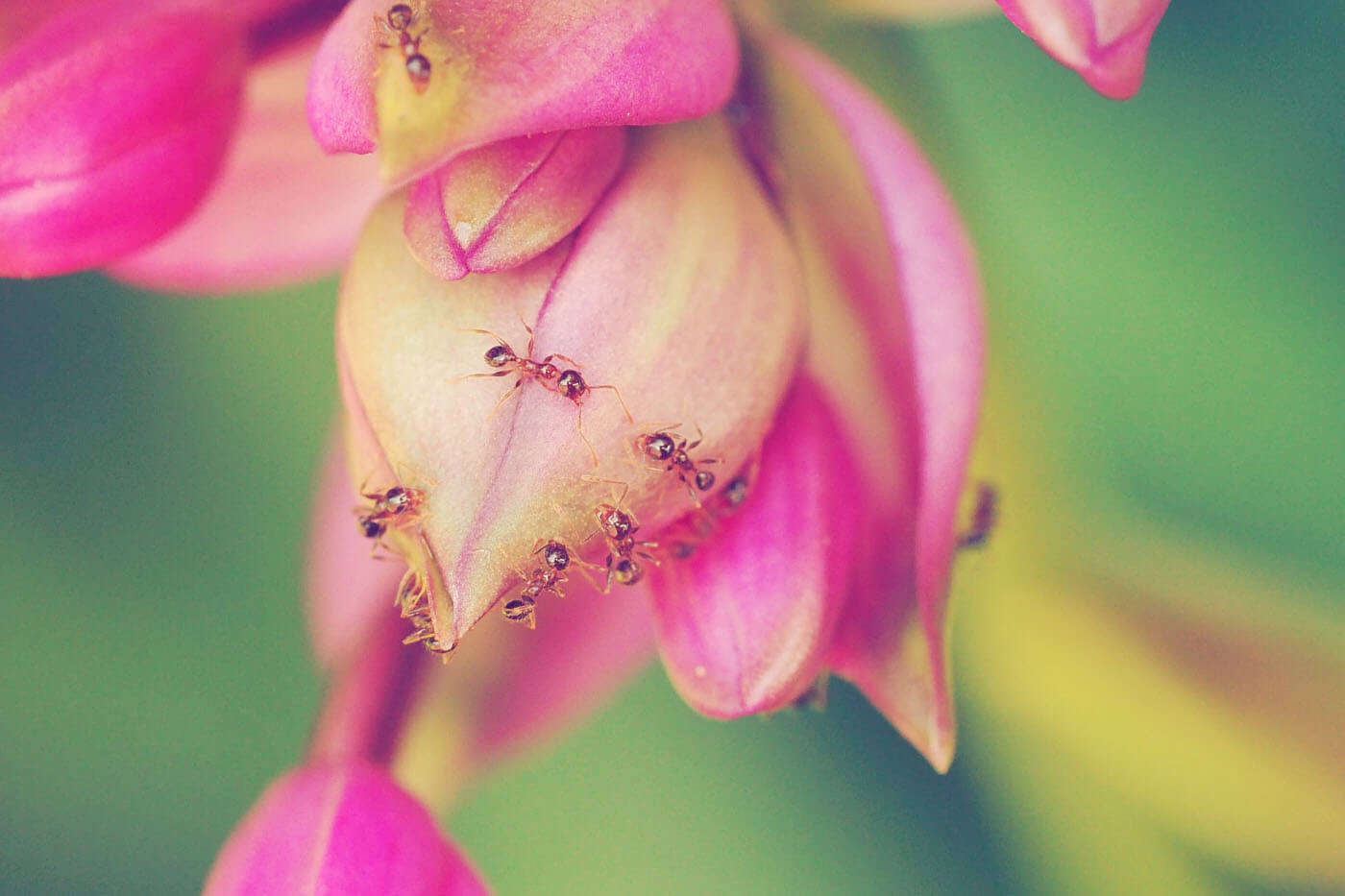
Over the past week as the weather has been warming, I noticed a lot of ants both inside and outside my house. As much as I love spring, I don’t love the ants that come with it. Ants are nasty little critters, especially ants that decide to hangout in my house. Unfortunately, many homes in our area suffer the same fate.
Last week I was asked for advice on how to naturally get rid of ants outdoors. Many of my Gabby followers have young children or pets in their homes, so controlling and eliminating ants naturally is the only option.
My Best Suggestions for Controlling Ants Outdoors
My Number One Solution is Hot Water
My grandmother and my mother before me did this so it I know it works. This ant control method has been passed down from generation to generation of Anderson women!
If you have an ant colony in your yard, you can simply boil a kettle of hot water, take it outside very carefully, and pour it directly onto the ant colony. You might need to do this a few times over a couple of days to get rid of all the ants. If the colony is really big (I’ve had a few of those), you might need to open up the colony with a shovel and then add boiling water which kills ants on contact.
Peppermint Essential Oil
Peppermint is a natural insect repellent that can be very effective in repelling ants. Mix 10 to 20 drops of peppermint essential oil with 2 cups of cool water in a spray bottle. Shake well. Spray this solution on sidewalks and driveway cracks and allow the spray to dry. You may need to repeat the peppermint spray method after it rains. Another great solution for ant colonies is a few drops of peppermint essential oil directly onto an ant hill and ants will hit the road. Just a note: peppermint oil and eyes don’t mix. If you get peppermint oil on your hands, make sure to wash it off thoroughly before touching your face.
Ground Cinnamon
Ground cinnamon is a great solution if you can find the ant path or opening to an ant colony. Sprinkle the ground cinnamon directly onto the ant path or colony, and when the ants inhale the cinnamon they suffocate and die. Bye, bye ants!
Vinegar, Dish Soap, Epsom Salts, Vegetable Oil and Water
In a spray bottle, mix 1/3 cup of white (cheap) vinegar, a squirt of dish soap, 3 tablespoons of epsom salts, and a couple tablespoons of vegetable oil and fill the rest with water. Shake really well. This solution can be sprayed on areas with a high concentration of ants or poured directly onto the ant colony. The soap and oil enter the ant’s exoskeleton system and suffocate them, rendering them dead. By the way, if you’re still reading, this vinegar, dish soap, epsom salts, oil and water mix is great way to naturally get rid of nasty weeds in your lawn or gardens. I’ve dumped this solution onto a couple really big thistles that were growing in my back gardens and it killed them and they haven’t come back. Now you need to know this solution will burn plants and grass. If you use it as a weed burner, it will burn any plants or grass (turf) it touches, but it works!
Say goodbye to ants naturally!
Lexi – The Gabby Gardener
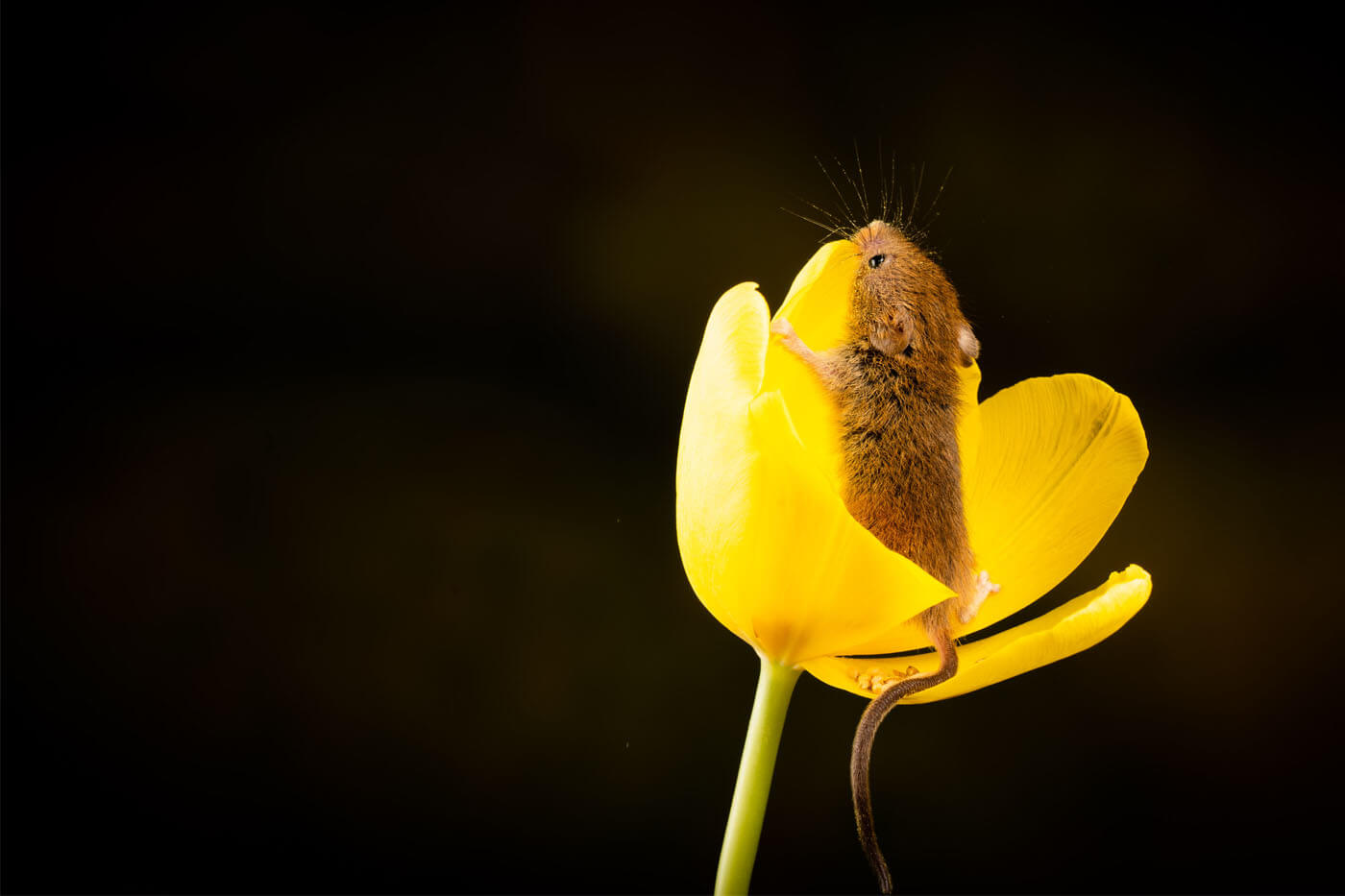
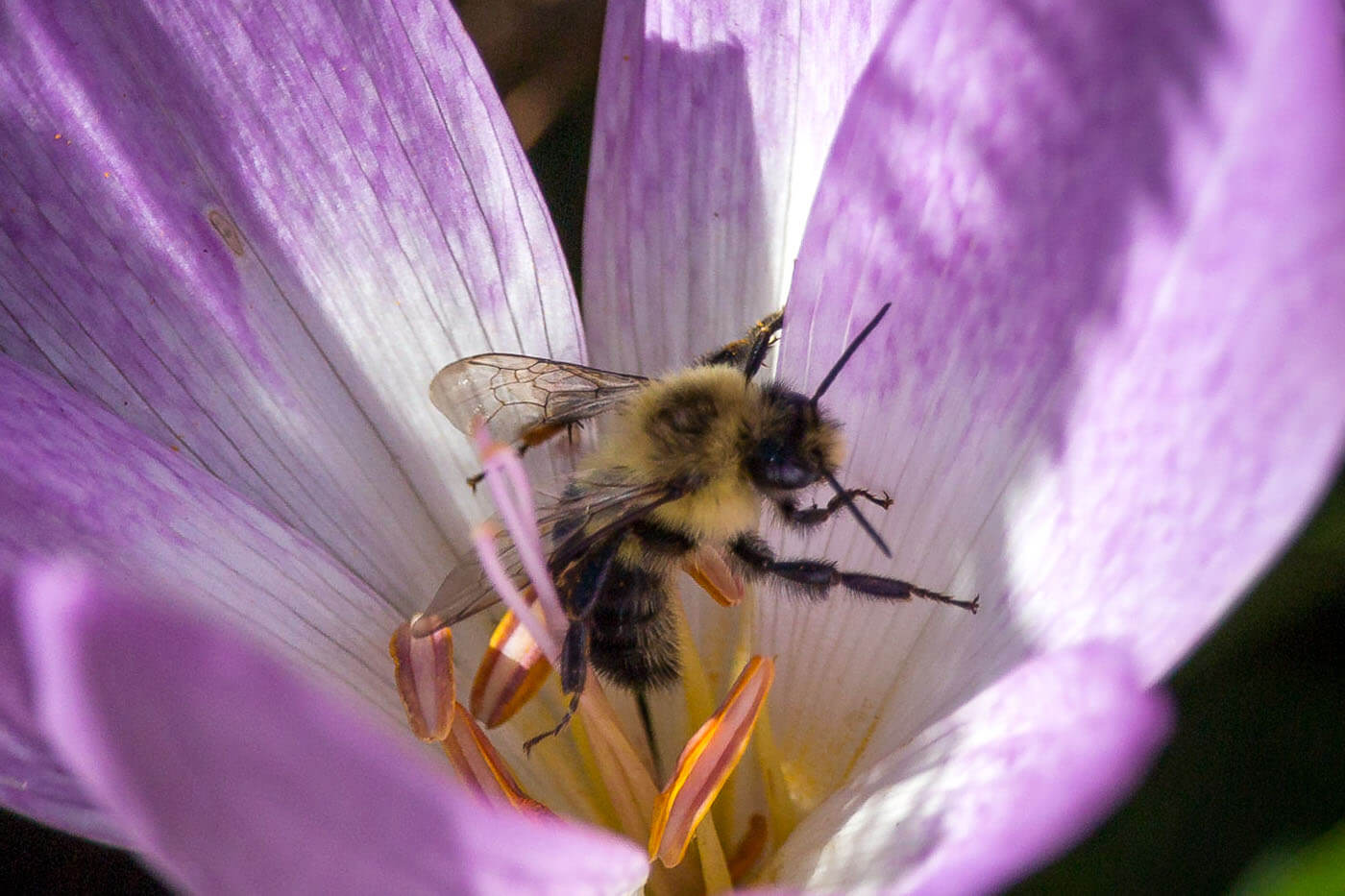
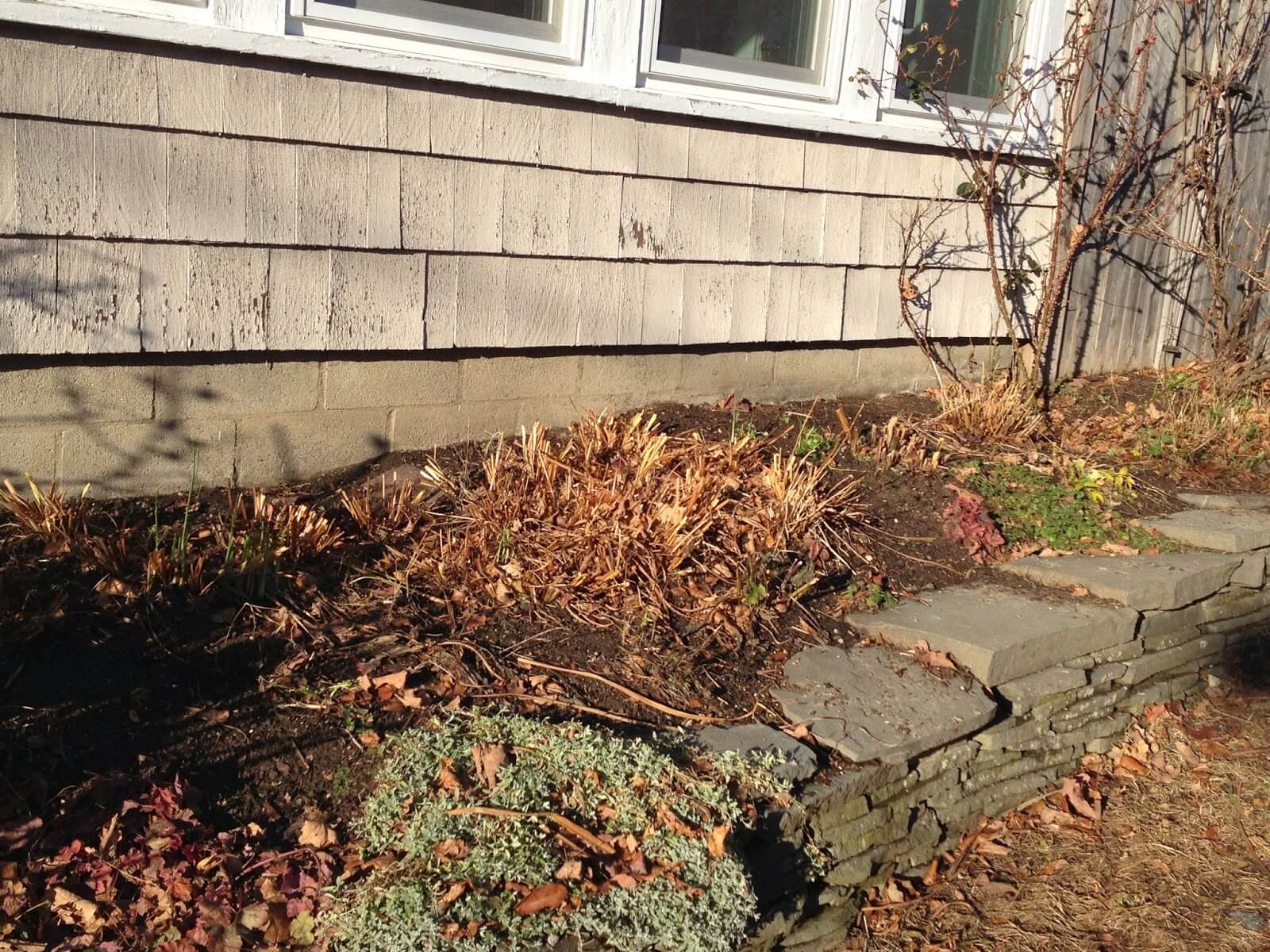
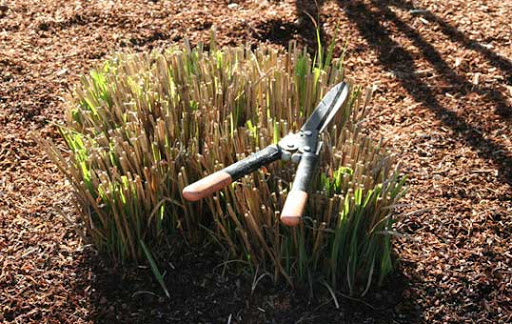
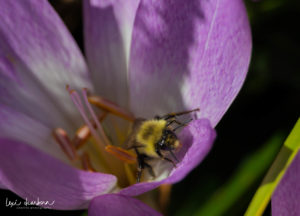
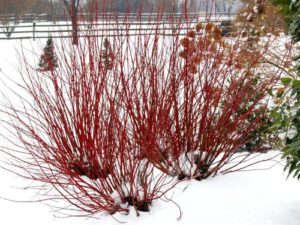
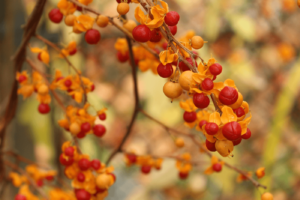

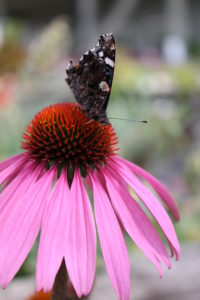 while still being pretty.
while still being pretty.




